How to Maintain Your Car During the Rainy Season
For any property, be it land, a house, or a condo for sale in the Philippines, maintenance is essential to keep its value high. When it comes to vehicles, their value can quickly depreciate as soon as you start using them. Although, keeping it healthy and well-maintained can preserve its value.
Unfortunately, a lot of things can happen to cars — especially during the rainy season. The rainy season can be challenging for car owners. The increased moisture, mud, and slippery roads can affect your vehicle’s performance and safety. So, you have to make sure you are on top of everything that could possibly happen to keep you, your passengers, and your car safe. Proper car maintenance during this time is crucial to ensure your car remains reliable and safe.
By taking a few extra steps to care for your car, you can prevent costly repairs and keep your family safe on the road. Here are some essential car care tips to help you navigate the wet and slippery roads during the monsoon season.
Car care tips for rainy season
1. Clean your Windows and Windshield

Have you ever experienced going out of the car wash feeling great about your freshly cleaned car — and then it rains? Makes you want to not get a car wash the entire rainy season, right? Why bother? It is going to get wet again, anyway. Plus, the rain will clean the windows and windshields, right?
Wrong.
For starters, rainy seasons in the Philippines still have very dry and hot days. You know what happens to rainwater when they dry. It leaves mineral deposits behind, which will accumulate and turn into dirt if you do not get them cleaned.
When it rains again, the droplets will stick to the existing dirt, which will dry up again, and the cycle continues.
Do not worry; you do not have to get a car washed every time you get dirt on your windows and windshield. Just give them a good wipe when you get home from a rainy day, and it should be alright. If you do not have a garage or if your garage is full, just wipe the cars outside in the morning after the rain.
Another thing you can consider is applying hydrophobic wax to your car. This can prevent raindrops and dirt from sticking to your windows and windshield. If you do not know how to apply it properly, it’s best to visit your trusted car wash and have them apply it for you.
2. Check Your Lights
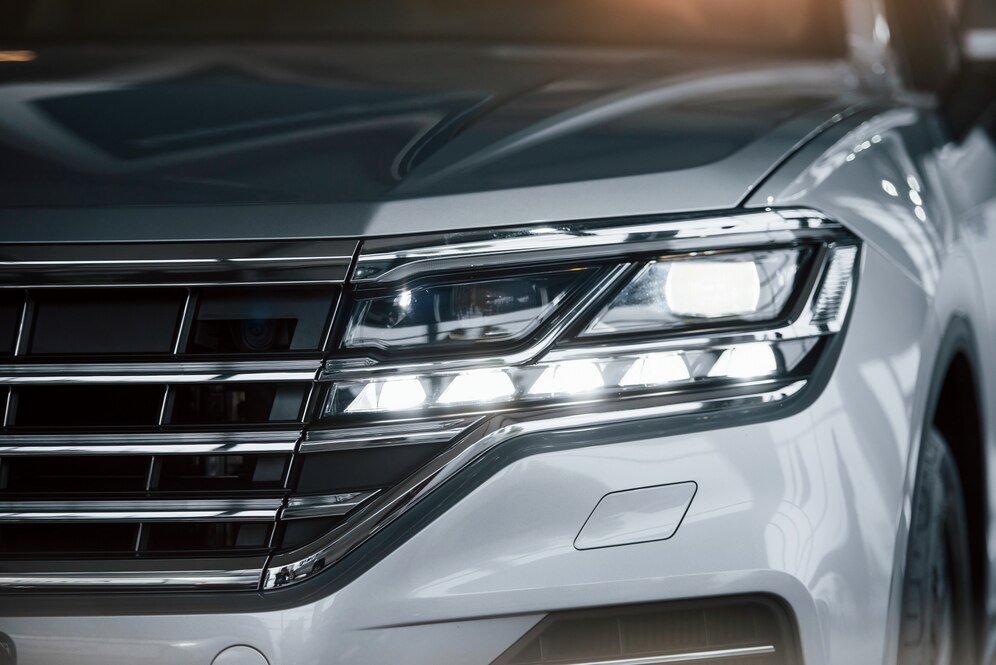
Your car lights, especially the headlights, fog lamps, and tail lights, are crucial during the rainy season and monsoon season. They help you see through heavy rain and help other cars see you. Regularly check your car headlights to ensure they are working properly. Look for any flickering, dim, or dead lights and replace the bulbs if necessary.
Are they still working properly? Are the lights still bright and efficient?
Sunlight can degrade your headlights, turning the lenses yellow over time. Moist air during the rainy season can cause condensation inside the headlights, affecting their brightness. Make sure the housing vents of your headlights are not blocked, dirty, or broken. If unsure, a trusted service centre can check and fix them for you.
3. Change Your Wiper Blades
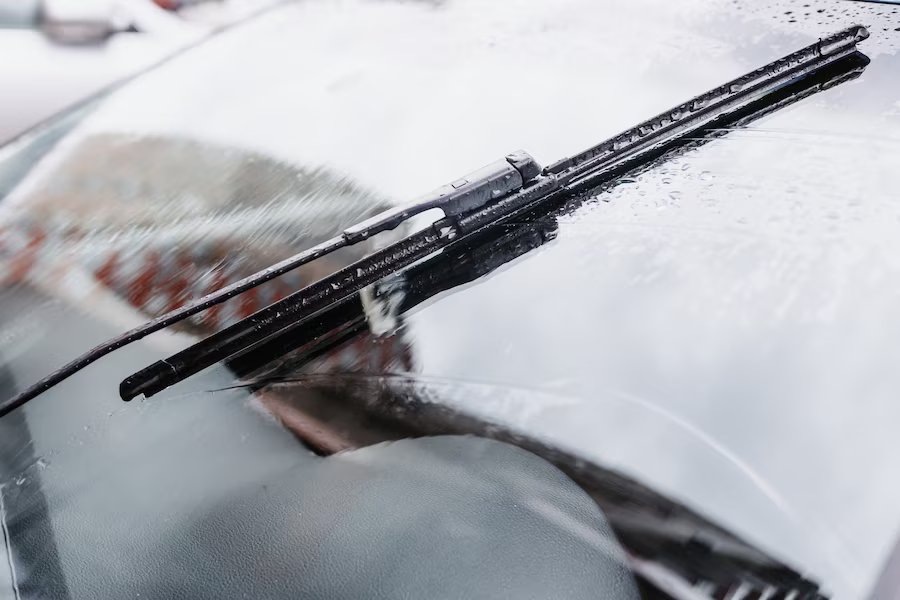
Wipers are made of rubber, which can quickly degrade in a tropical country like the Philippines because it is almost always summer here. Excessive heat can crack the rubber and make it brittle, which can damage your windshield if you try to use it, even on rainy days.
So, if you haven’t changed your windshield wipers in a long time, do it.
Do not worry. You do not have to change your entire wiper blade. You can replace the wiper refills instead. You can visit the nearest dealer or auto parts store or buy refills online. Just make sure you buy wipers that are specific to your car, and you should be fine.
Here is a video on how to replace wiper blade refills. On the other hand, you can buy replacement wipers and change the entire blade. Otherwise, if you are hesitant to do it by yourself, you can always ask your dealer or trusted car service to do it for you.
4. Wash and Wax the Body
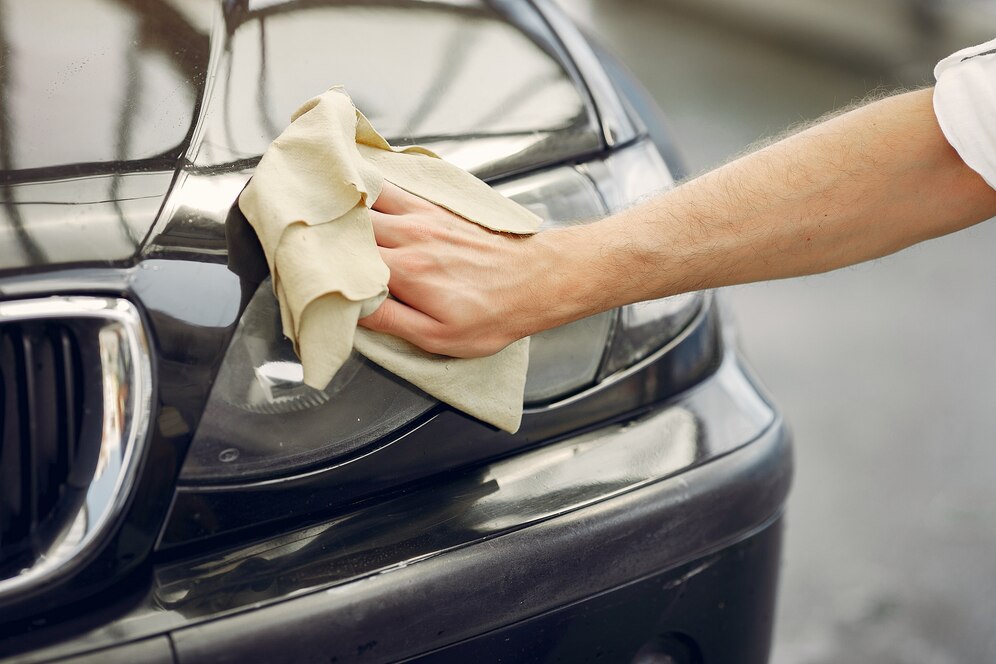
Just like with your windshield and windows, the rain will also leave dirt and minerals on your car’s body once it dries up. If you let it stay like that for a few days or weeks, the spots can become really stubborn, and you will have to visit a car wash.
What’s more, our rain these days is very acidic and can damage your car’s paint job. However, the true enemy is the sun. When the sun hits your car, the rainwater will evaporate and leave the acid on the surface. This can cause microscopic pores on your car’s finish.
Luckily, there are a lot of ways to avoid damaging (caused by the elements) your car’s finish. Waxing your car every two months is good maintenance. The wax can act as a water-repellant, so rainwater will easily slide off your car. You can use either normal wax or hydrophobic wax.
Another thing you can do is wash your car after it rains. Your car’s already wet, so just grab your car shampoo and get to town. If you have a car wash scheduled, you may as well ask them to inspect the undercarriage and check for built-up dirt and grime from puddles and mud.
5. Check your car battery
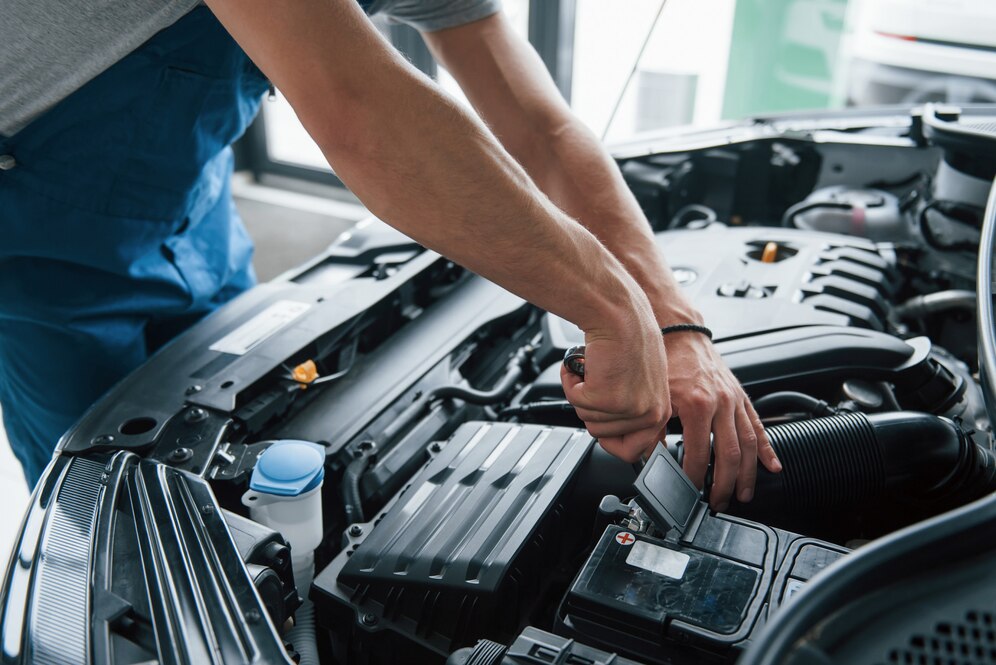
The rainy season can work your car batteries double time — from the constant need for lights to air conditioning. Car batteries can also grow weaker during the rainy season because heavy rains cause slow traffic flow, so the engine revolutions needed to effectively charge the battery aren’t reached.
The rainy season can strain your car battery due to the constant need for lights and air conditioning. Heavy rains can cause slow traffic, preventing your engine from reaching the revolutions needed to charge the battery effectively. Regularly inspect your car’s battery terminals for corrosion and clean them as needed to ensure a good connection.
As a rule of thumb, batteries should be changed after three to four years. Later than that time can make most car batteries completely unreliable. So, be on the lookout for warning signs that your car batteries may need changing:
Dim lights and electrical issues
- Your lights, radio, dashboard, and pretty much anything electronic you plug into your car work the car battery. So, you can have issues with these when it is time to change your battery.
Slow start
- As the battery gets older, it takes longer to charge and create a charge for the starter. If you have to wait for extra seconds for the engine to start, replace your battery immediately.
“Check Engine” light is on
- For most cars, the Check Engine light may turn on when your battery is losing its performance. You can get your car checked to see if the issue is in the battery.
Do not wait for your battery to die before you have it replaced. You would be lucky if it just gave up on you and stopped charging. In worst cases, cracks and corrosion from old batteries can cause acid leakage, which is hazardous and can burn your skin on contact.
6. Check Your Car Brakes and brake pads
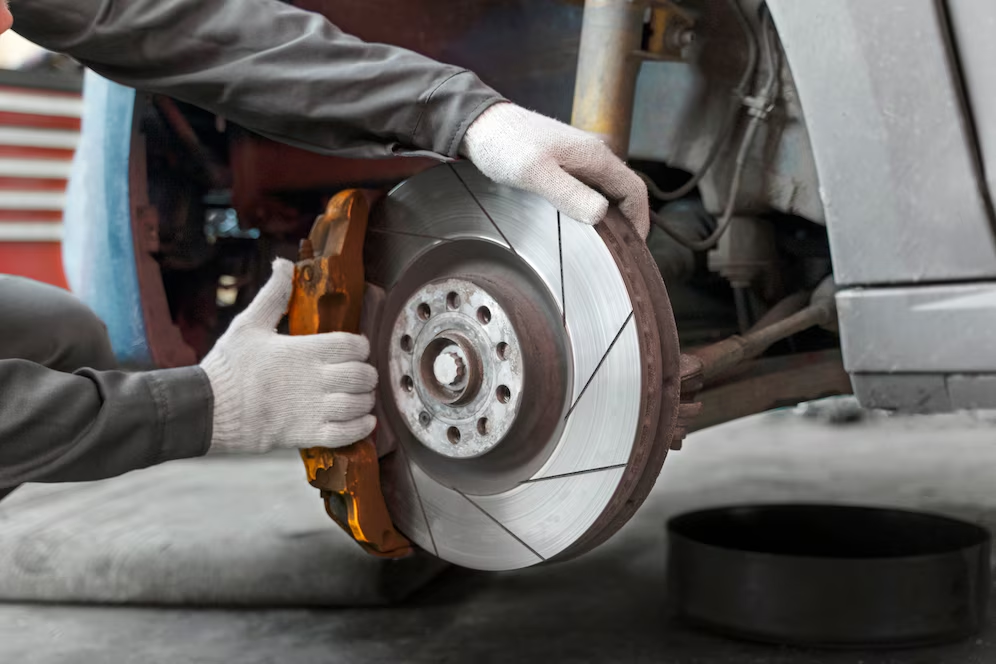
Wet roads and rain can overwork your brake system by reducing the friction between the tires and the road. To keep you and your passengers safe (especially on long drives, like visiting a province or looking around for condos for sale in the Philippines), it is essential that you check your brakes before the rainy season starts.
Check if your brake pads are worn out by looking through the holes of the wheels. Grab a flashlight and check if it looks thin (less than 0.25in or 2.54cm). If it is, then you should get them replaced. If the pads are thin, replace them. Screeching sounds, heavy vibrations, and longer stopping distances are also indicators of worn-out brake pads. Brake fluid and brake lights are also important things to check.
You can also this video to learn how to change car brake pads on your own.
7. Properly Maintain Your Tires
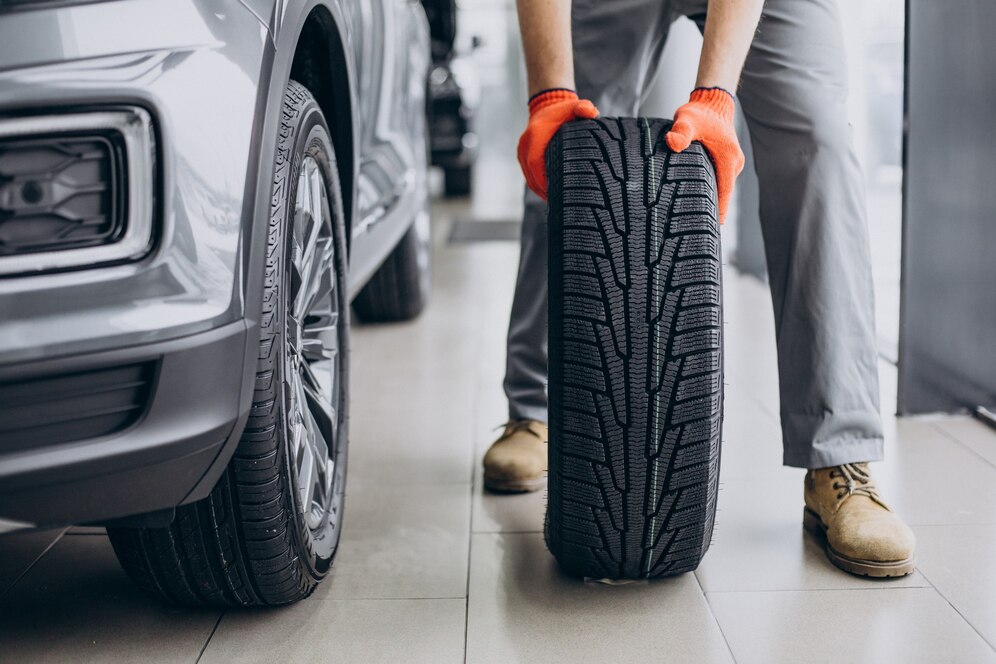
We talked about checking your breaks in the previous tip, but you can forget all about that if you have really old unmaintained tires.
The dry season can wear out your tires, especially if you are always on the go. So, when the rainy season starts, old tires are not the best companion when it comes to slippery roads. You will need all the friction you can get, and worn-out tires have less.
Tires have grooves that are designed to direct water away from the contact patch of rubber that keeps your car clinging to the road. Worn-out tires have shallower grooves, so it becomes more difficult to keep water away. Worst comes to worst, your tires will slip and veer out of control.
Check your tires’ wear indicator bar and immediately change your tires if needed. Here’s a video to help you understand the wear indicator bar.
8. Interior Care
We have been talking mostly about the outside of your car, so now it’s time to think about your interior. Because when it rains, it is not just the exterior of your car that gets wet. Drenched shoes, clothes, and even the moisture in the air can affect the interior of your car.
A wet interior can make your car smell really bad, especially when it dries, which no car owner likes. On top of that, mildew can develop inside the car if moisture remains trapped for a long time.
Luckily, these are all easily avoidable — or at least, keep the wet to a minimum.
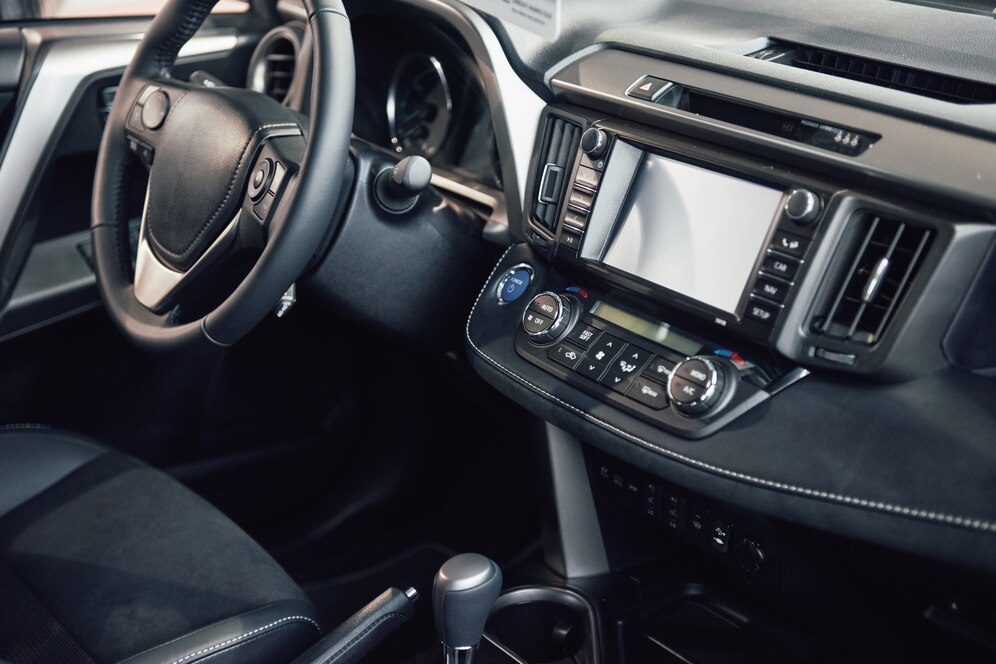
One way to help you manage the water draining from everyone’s shoes is to put newspapers on the carpets or mats. Newspapers are easy to replace, so it should not be much of a hassle to change them every day.
When you get home, use a vacuum cleaner on the seats to remove some of the water it absorbed from your clothes. If you have leather seats, make sure to wipe it down to prevent bad odor. If your car already smells, you can either use fresheners or essential oils, or visit a car wash for deep cleaning.
9. Car Emergency Kit
When it rains, especially during a typhoon, you will never know what could happen. So, it is good car care to have an emergency kit that has everything you might need. Your kit should at least include a charger, flashlight, raincoat, duct tape, tow cable, and jumper cables.
We hope you will never have to use any of those items. For extra precautions, you should have the phone number of your trusted mechanic or at least a friend who knows a lot about cars and how to fix them.
If you want to learn basic car repair, you can check out an online course from Udemy.
10. Carry Spares
Aside from your car emergency kit, you should also have spares in your trunk for parts that are prone to damage when it is raining. Aside from tires, you can also keep spare wipers, fuses, car batteries, cables, and more.
You would not want to get stuck in the middle of nowhere while looking for a house and lot for sale in the rain and not be ready for anything, right?
11. Check Your Air Conditioning System
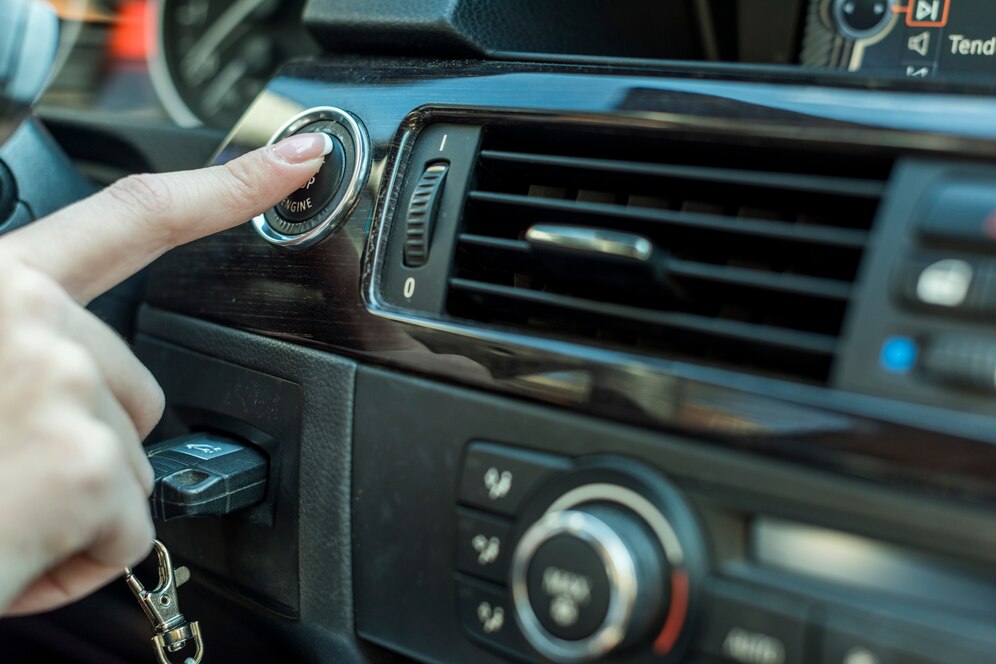
Your car’s air conditioning system helps to defog your windows, which is especially important during rainy weather. Ensure that your air conditioner is working efficiently by checking for any unusual noises, weak airflow, or unpleasant odors. If needed, have it serviced by a professional.
12. Inspect Your Car’s Seals and Weatherstripping
Rainwater can find its way into your car through worn-out seals and weatherstripping around doors, car windows, and the trunk. Check these areas for any signs of wear or damage. Replacing old seals and weatherstripping can prevent water from entering your car, which can lead to mold and mildew issues.
Care for Your Car, Keep Your Family Safe
Maintaining your car during the rainy season ensures your safety and the safety of your passengers. Following these important car care tips and practicing careful driving can minimize the risk of accidents and keep your car in top condition.
Proper car maintenance during the rainy season goes beyond just ensuring your car runs smoothly; it’s about ensuring your safety and that of your passengers. From checking your car lights and windshield wipers to maintaining the interior and carrying essential spares, each step is crucial. By taking these measures, you can confidently navigate wet and slippery roads and keep your vehicle in optimal condition.


